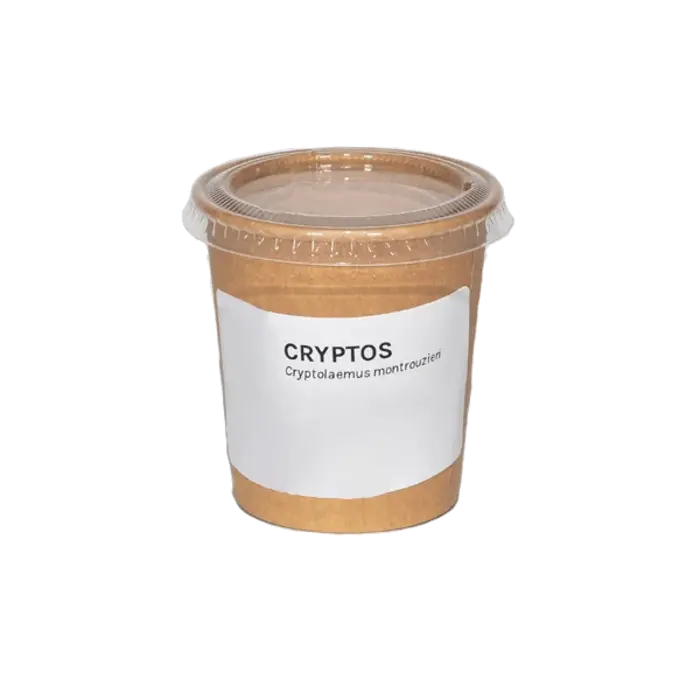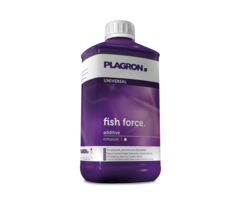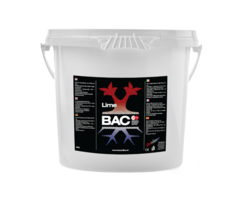BioBestrijding | Predatory beetle (Ladybug) against Mealybug
BioBestrijding predatory beetle (ladybug) against Mealy Bugs
Attention! This product consists of live animals and is only available for order in the Netherlands or Belgium. If you order more than just Bio Fight, there will be an additional charge of € 7.95 due to dropshipping from the supplier.
Cryptolaemus montrouzieri is a ladybug (predatory beetle) and an excellent controller of mealybug infestations. Both larvae and adult predatory beetles feed on many species of mealybugs at all stages and develop best when mealybugs are abundant. Thus, it is primarily a corrective controller of mealybugs. The predatory beetle is about 4 mm long, with an orange head/throat shield and dark brown wing covers.
The female lays her eggs 1 by 1 among the mealybugs. The eggs hatch after about 5 days and the born larvae look very similar to a mealybug. In distinguishing them, the greater mobility of the mealybug larvae and their dark-colored underside help. The larvae eat as many as 30 mealybugs per day and are especially useful for clearing mealybug hot spots. Larvae can eat citrus mealybugs, long-tailed mealybugs, and woolly-headed mealybugs. During its entire life, a predatory beetle consumes more than 300 mealybugs. Because this predatory beetle can fly like all ladybugs, there is a chance they will fly away. Keep windows and doors closed when releasing the predatory beetles.
Life cycle
A Cryptolaemus montrouzieri female lays hundreds of small eggs per day. She lays these eggs between the mealybugs. Eggs hatch after about 5 days at an ideal temperature of 27 degrees. The born larva goes through three stages in 12-17 days. After this, the larva will seek a sheltered place to pupate into an adult. This process of pupation takes 7-10 days. An adult then lives up to 4 months under the right conditions.
Quantity required
- We recommend about 5 predatory beetles per plant.
- When the mealy bug presence is low, it is difficult for the predatory beetles to survive. In that case, it is advisable to repeat the application.
Temperature and humidity
- The optimum humidity is between 70% and 80%.
- The optimal temperature is between 20 to 30 degrees, 28 degrees is most ideal.
- These predatory beetles cannot survive cold temperatures, therefore they are not sent at temperatures below 5 degrees. At temperatures below 8 degrees they are inactive. Also at temperatures above 32 degrees they will soon stop looking for prey.
- They are most active in the summer months and love (sun) light.
Release instructions
- Open the package and carefully pull apart the strips of paper containing the beetles and larvae and distribute them over the plants. Introduce on the plants in the neighbourhood of the mealy bug hot spots.
- Introduce as soon as possible after receipt, predatory beetles are not durable.
- Preferably in the evening so they do not immediately seek the light and fly away.
Storage advice
Biological control agents are living animals and have a (very) short life expectancy. Storage can affect the quality and is only possible under the conditions mentioned below.
- Storage life: 1-2 days
- Storage temperature: 8-10C
- Store in the dark and flat







